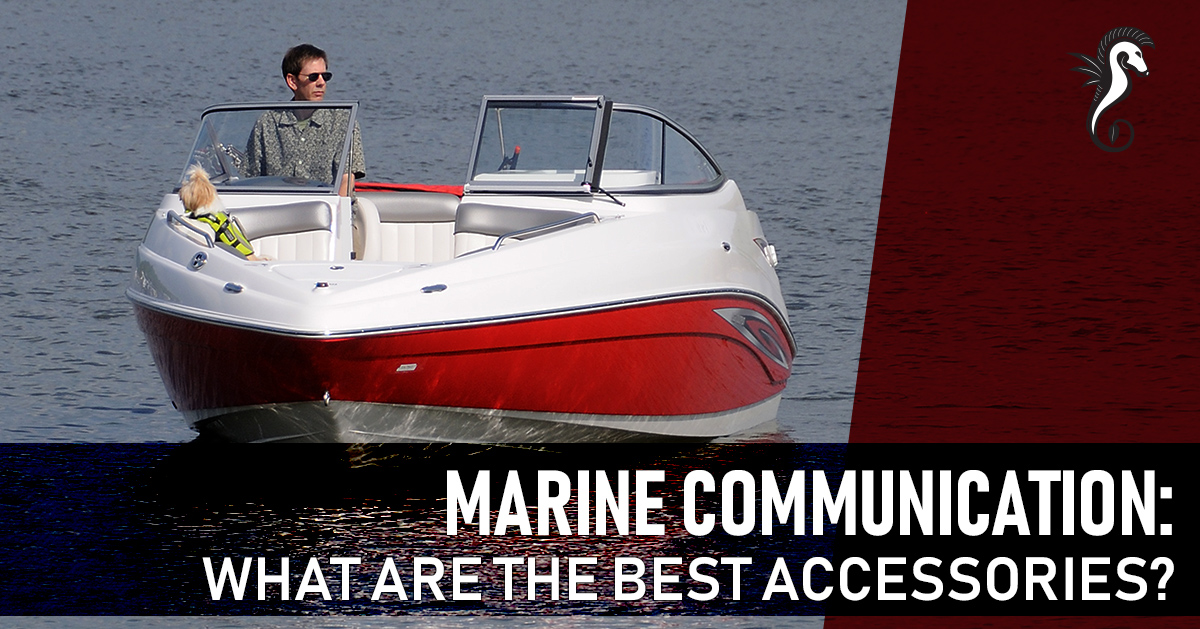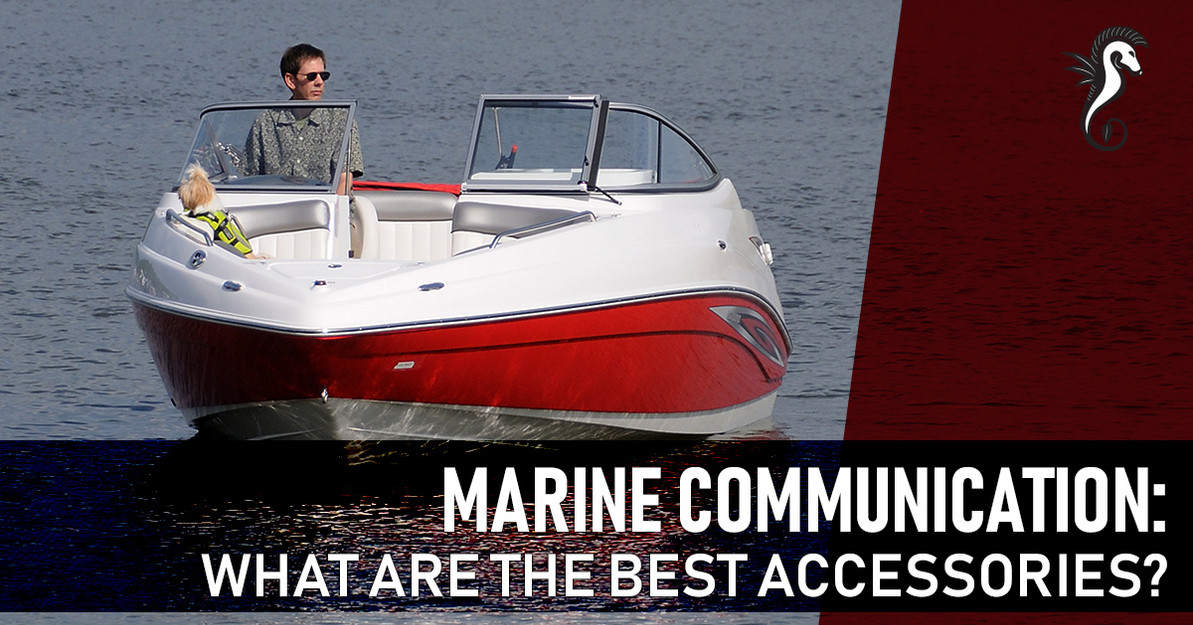Marine Communication: What Are the Best Accessories?

Effective marine communication is vital, with 11.9 million registered boaters in the US.
Being able to communicate provides a level of safety when out on the water.
To determine what you need, you need to know how far offshore you are going and your budget. VHF radios are standard on boats and used by those staying inshore.
SSB radios are mostly used by those who are traveling offshore. Satellite radios provide the greatest amount of connectivity for the internet.
Ship to Shore Radio
Ship to shore used to refer to a phone style, operator assisted, calling service. This service fell out of use as cell phones rose in popularity.
Today when you hear the term it is referring to VHF radio. These radios use very high frequency (VHF) range between 156 and 174 MHz.
For boaters who are staying close to shore this is the standard form of communication. You'll have a communication range of about 60 nautical miles.
There are three basic controls you'll need to know to operate a VHF radio. The frequency control changes the channels for communicating with other boats.
There is a volume to control how loud your receiving communication is. Finally, there is a squelch control to silence noise while nothing is being received.
When you're communicating on a VHF radio communication can only happen in one direction at a time. You use the microphone button to tell the radio whether it is transmitting or receiving.
SSB Marine Communication Radio
There are high installation costs associated. There is also a large learning curve for operation.
The advantage is that you can communicate a much further distance, up to 2,000 nautical miles. The SSB radio signal diminishes in negative atmospheric conditions such as ionospheric changes.
SSB isn't limited to verbal communication. It can also support basic email and receive weather report faxes.
Marine Satellite Phone
Compared to the marine SSB radio, the sat phone responds instantly. It uses a low amount of power and is affordable. There are four geo-stationary INMARSAT satellites that create the GMDAA system.
You'll need to determine where you are traveling, your budget, and planned data usage. A base plan will be text-based and for emergencies only.
The next level up will be a handheld phone for a few emails, voice calls, and weather updates. A step up from this will give you the ability for regular use of emails, calls, and internet browsing.
If you want full-service voice and data you'll need a gimbaled antenna. You won't be surfing the internet for hours. You will have superior service and less dropped calls than sat link phones.
These systems are going to start at $5,000 and go up to $25,000 for the top of the line. You will also need to pay for your airtime used. This could range from a few cents to a few dollars per minute.
Choose What is Right For You
If you are only planning on taking local trips or staying close to shore then a VHF radio is all you need. An SSB radio will work great if you are planning on traveling further away from shore.
Satellite radio is the answer for full access to marine communication. You'll be able to make calls, email, and use the internet.
Start shopping for your boat's maritime communication system today.
Recent Posts
-
Top 5 Picks for the Best Marine GPS of 2018
Boating is more popular than ever right now in the United States. But people who love going out on t …31st Dec 2018 -
Top 5 Best Fish Finders for 2018
Picking the right fish finder can be a real challenge.With so many options out there, how do you cho …15th Dec 2018 -
The Ultimate Guide to Different Types of Boat Anchors
Picking an anchor is a difficult task. There are a number of models out there, each one working bett …30th Nov 2018




